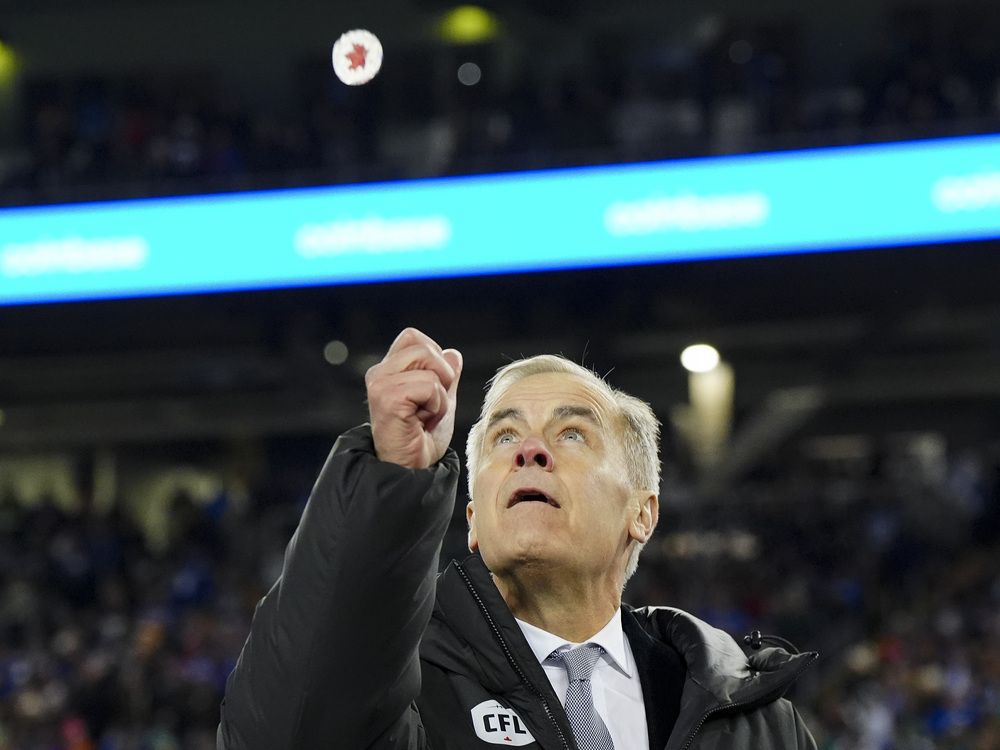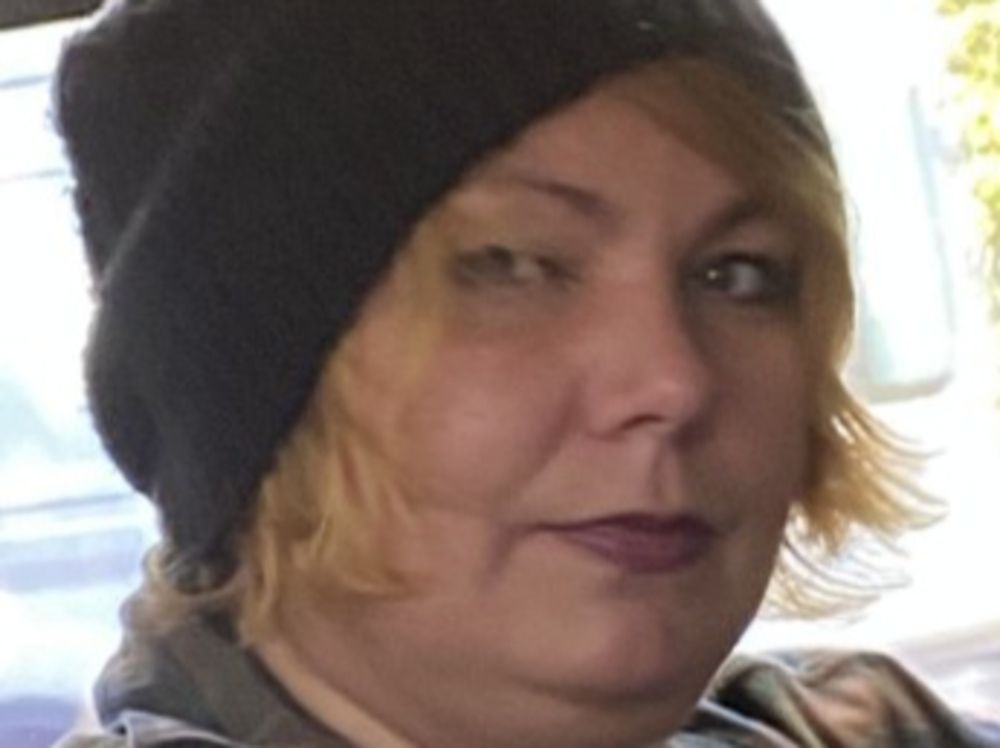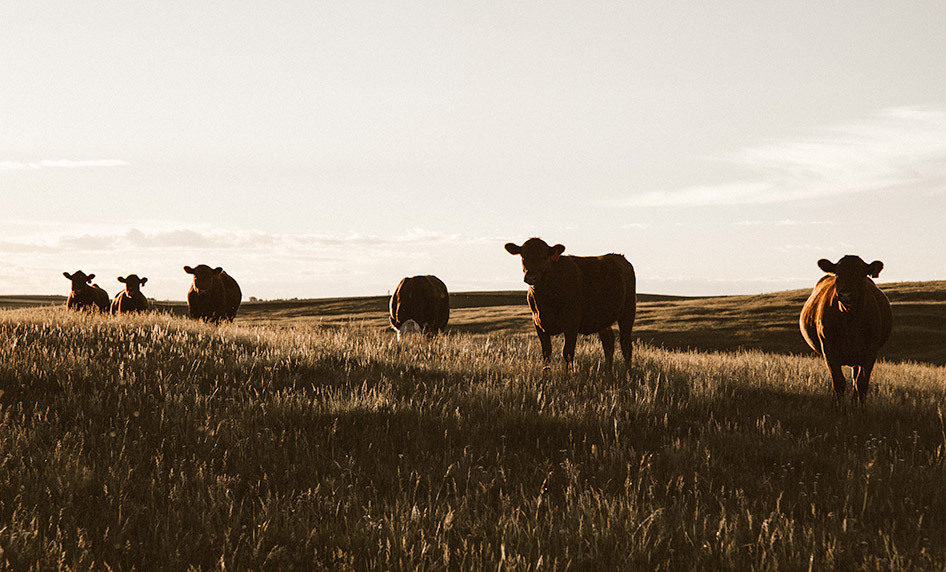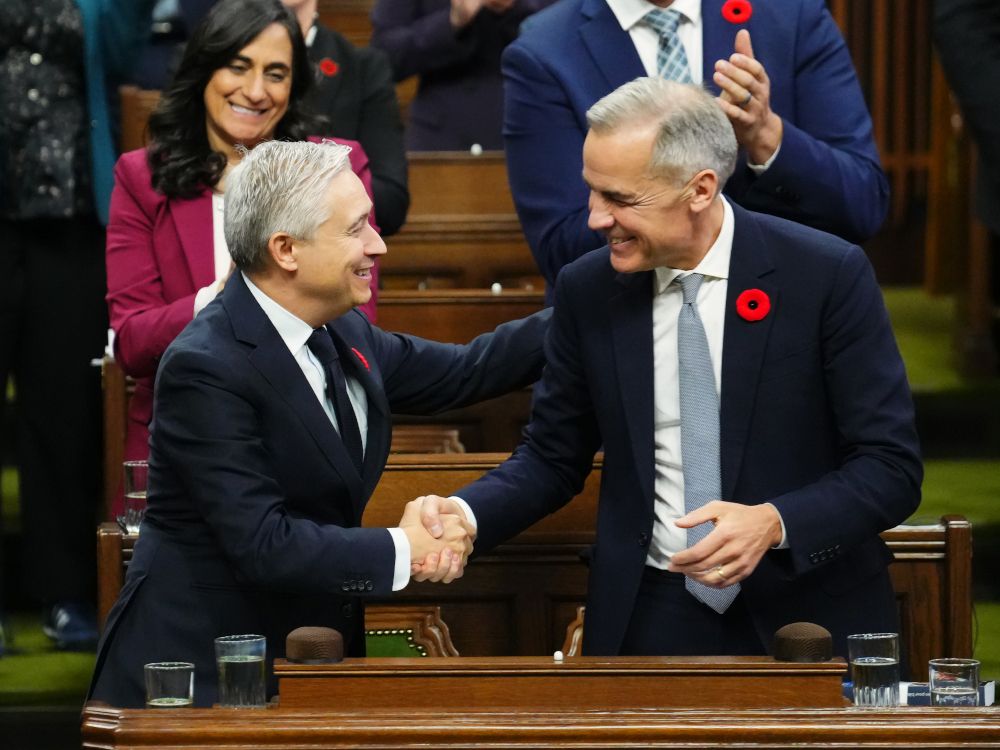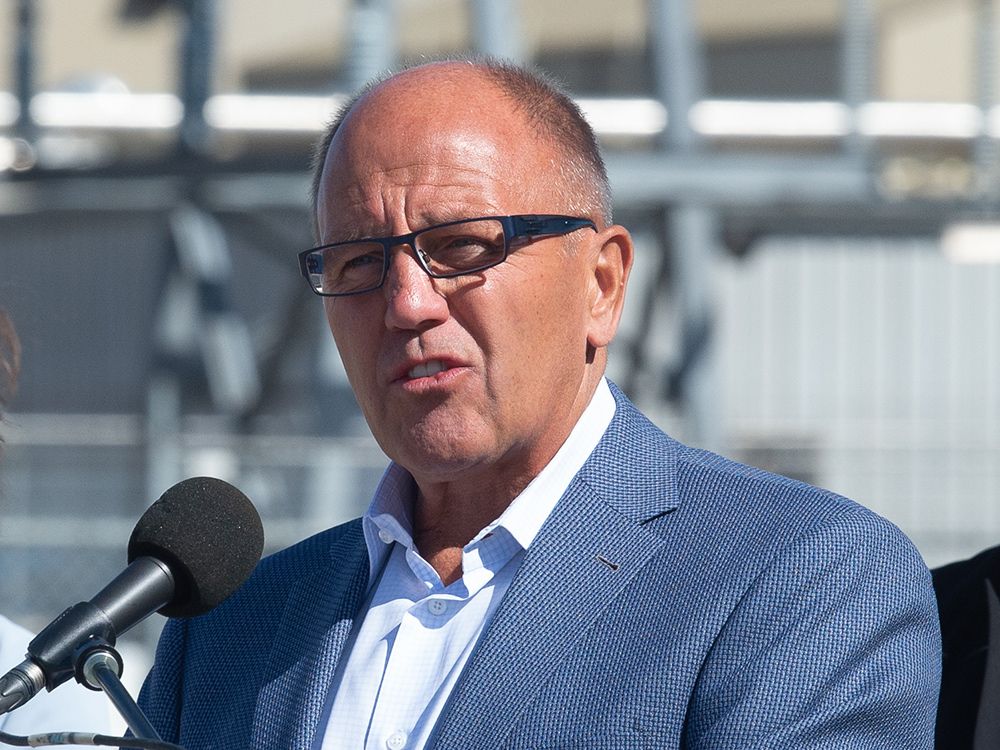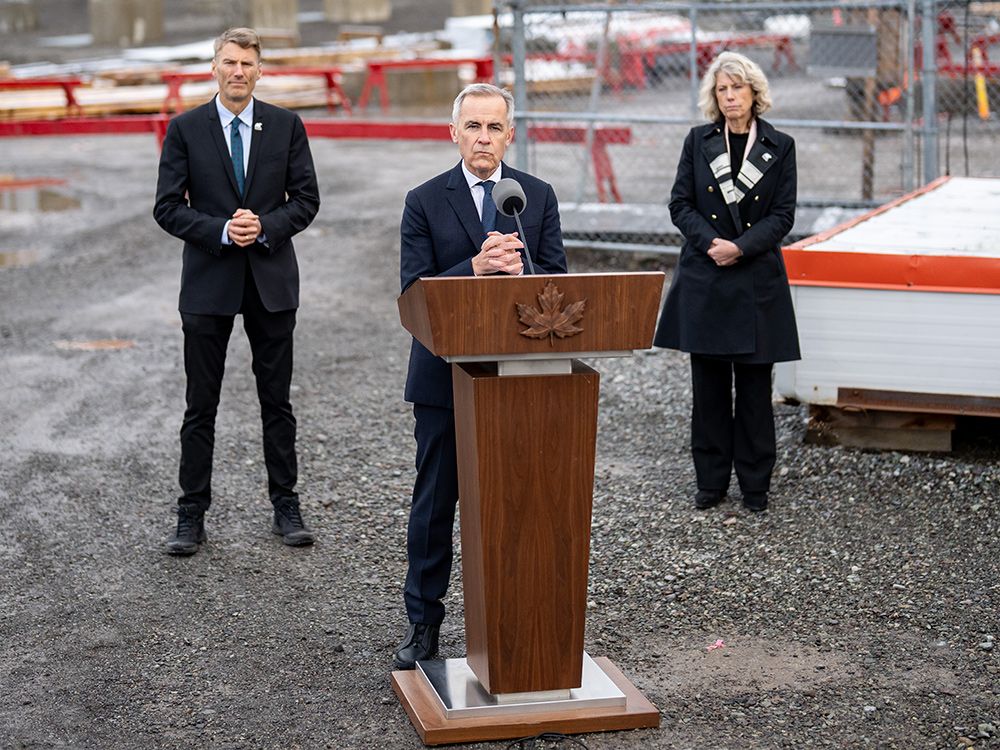
A Conservative MP is condemning the latest anti-Israel protest that took place in a Jewish neighbourhood in Toronto on Sunday.
“For those arguing that this is a normal protest: the consulate is on Bloor Street, nowhere near here. The only reason to show up in this neighbourhood mostly masked up is to intimidate Jews where they live,” said Melissa Lantsman in a post on X.
The protest took place in the Bathurst Street and Sheppard Avenue area, whereas the Consulate General of Israel is located about a 30-minute drive south, at Yonge and Bloor Streets.
“And yet, once again, Toronto Police are allowing it and politicians are silent when agitators marching through a Jewish community, parading in front of a synagogue founded by Holocaust survivors to protest a foreign conflict,” Lantsman said.
She added: “It’s arrogant and yet completely normalized and clearly has nothing to do with Israel anymore.”
For those arguing that this is a normal protest: the consulate is on Bloor Street, nowhere near here. The only reason to show up in this neighbourhood mostly masked up is to intimidate Jews where they live.
And yet, once again, Toronto Police are allowing it and politicians are… https://t.co/QDE5p971V4
— Melissa Lantsman (@MelissaLantsman) November 16, 2025
A video taken by lawyer and independent journalist
shows protesters, some in masks and keffiyehs covering their faces, carrying Palestinian flags and walking through a residential area.
“Get out of my neighbourhood,” says one man from his car. Toronto police officers on bicycles and two patrol cars can be seen trailing the protesters.
“Shame!” yells a woman driving by the scene.
Despite a ceasefire being reached in the Middle East last month, the protests have not stopped. One that was held on Nov. 9 was intended to “intimidate those who stand with our community,” the Centre for Israel and Jewish Affairs (CIJA)
.
According to the Toronto police, such protests have been ongoing since last year.
In Canada, there has been “a disturbing escalation in extremist rhetoric, intimidation, and violence,” said Josh Landau, the director of government relations in Ontario for Jewish advocacy group CIJA.
“This is not about events overseas. This is about violent extremism taking root here in Canada,” he told National Post in an emailed statement.
“Over recent weeks, we have seen public glorifications of ‘martyrs of Gaza,’ pro-Hamas graffiti defacing parks, anti-Israel motions brought forward in city councils, vandalism targeting synagogues, and extremists harassing families outside their homes and taunting community members in their neighbourhoods. Make no mistake: these extremists don’t just threaten individuals; they endanger Canada’s inclusive and democratic society.”
Former MP Kevin Vuong called for an end to the double standard of permitting such protests to take place in a Jewish community.
“Would we let racists dress up like the Ku Klux Klan & march through Little Jamaica or neighbourhoods home to #Toronto’s Black community? Of course not — so why do our leaders allow terrorist cosplayers to do the same to Jews?” he wrote on X.
Would we let racists dress up like the Ku Klux Klan & march through Little Jamaica or neighbourhoods home to #Toronto’s Black community?
Of course not—so why do our leaders allow terrorist cosplayers to do the same to Jews?
End this double standard. pic.twitter.com/6aY5IthVyy
— Kevin Vuong 🇨🇦 (@KevinVuongxMP) November 16, 2025
Toronto Police Service told National Post in an emailed statement that there were no arrests on Nov. 16.
“The demonstrations at Bathurst and Sheppard have been ongoing for over a year. Police have been there every Sunday to ensure public safety,” the statement said.
“Individuals have a Charter-protected right to peaceful assembly and to express their views in public spaces, as long as they remain lawful. Officers were monitoring the situation to ensure public safety and to intervene if criminal behaviour occurred.”
The statement concluded: “We will continue to uphold the constitutional right to free speech and assembly, and our stance is very clear that those freedoms end when criminal behaviour begins.”
Toronto lawyer Ryan O’Connor
, calling the protesters “amoral.” He said they were “disturbing a Jewish neighbourhood while marching intentionally in front of a synagogue founded by Holocaust survivors.”
A demonstrator dressed in the style of Abu Obaida marches down a residential street with his index finger raised, passing a synagogue founded in the 1950s by Holocaust survivors.
📸 Nov 16, 2025#Toronto #ProtestMania pic.twitter.com/usyMaEu6lo
— Caryma Sa’d – Lawyer + Political Satirist (@CarymaRules) November 17, 2025
A photo from the protest on Nov. 16 shared by Sa’d shows protesters walking in front of the Lodzer Centre Congregation. It was
founded by Holocaust survivors from Lodz, Poland
in the 1950s.
Our website is the place for the latest breaking news, exclusive scoops, longreads and provocative commentary. Please bookmark nationalpost.com and sign up for our daily newsletter, Posted, here.





